Two of the U.S. Navy’s most powerful warships, the Nimitz-class aircraft carriers USS Carl Vinson (CVN 70) and USS Nimitz (CVN 68), have conducted joint operations in the U.S. Central Command area of responsibility.
The U.S. Navy released an official image taken on 5 July showing both flattops manoeuvring together in the Arabian Sea. The Carl Vinson, currently in the midst of one of its longest deployments in recent years, was joined by Nimitz in a display of force projection.
Homeported in San Diego, California, the USS Carl Vinson is the third ship of the Nimitz class. When fully embarked with its air wing, the carrier operates more than 60 fixed-wing and rotary aircraft. USS Nimitz, the lead ship of its class and the oldest active aircraft carrier in the world, was commissioned in 1975 and named after Fleet Admiral Chester W. Nimitz, commander of U.S. naval forces in the Pacific during the Second World War.
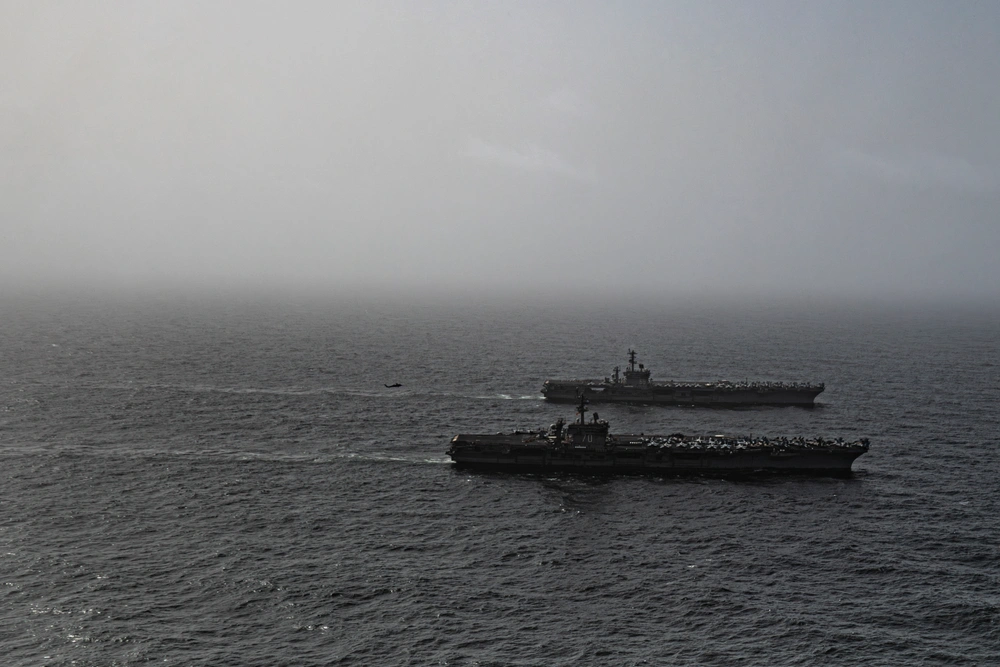
The Nimitz-class aircraft carriers are among the most powerful warships ever constructed. With a displacement exceeding 100,000 tons and a length of over 1,090 feet, these nuclear-powered carriers function as floating airbases capable of global power projection. Each vessel typically embarks around 64 aircraft as part of its carrier air wing. These strike fighters provide the carriers with precision strike, air superiority, and reconnaissance capabilities that rival the air forces of most countries.
Propelled by two Westinghouse A4W nuclear reactors generating 260,000 shaft horsepower, the carriers can sustain speeds exceeding 30 knots and operate continuously for 20 to 25 years without refuelling. This endurance gives the U.S. Navy unparalleled operational reach, enabling rapid deployment to global hotspots without the logistical limitations of fuel resupply.
Flight operations are supported by a CATOBAR (Catapult Assisted Take-Off But Arrested Recovery) system, allowing a broader range of heavier and more capable aircraft than the STOVL (Short Take-Off and Vertical Landing) systems used on smaller carriers. Launch and recovery are facilitated by steam catapults and arrestor wires, with advanced radar and landing aid systems ensuring high-tempo sortie generation. Defensive systems include Sea Sparrow and Rolling Airframe Missiles, Phalanx CIWS, and electronic countermeasures for layered defence against missile threats.
Beyond their combat role, Nimitz-class carriers serve diplomatic and humanitarian functions, providing disaster relief or deterrence as needed.


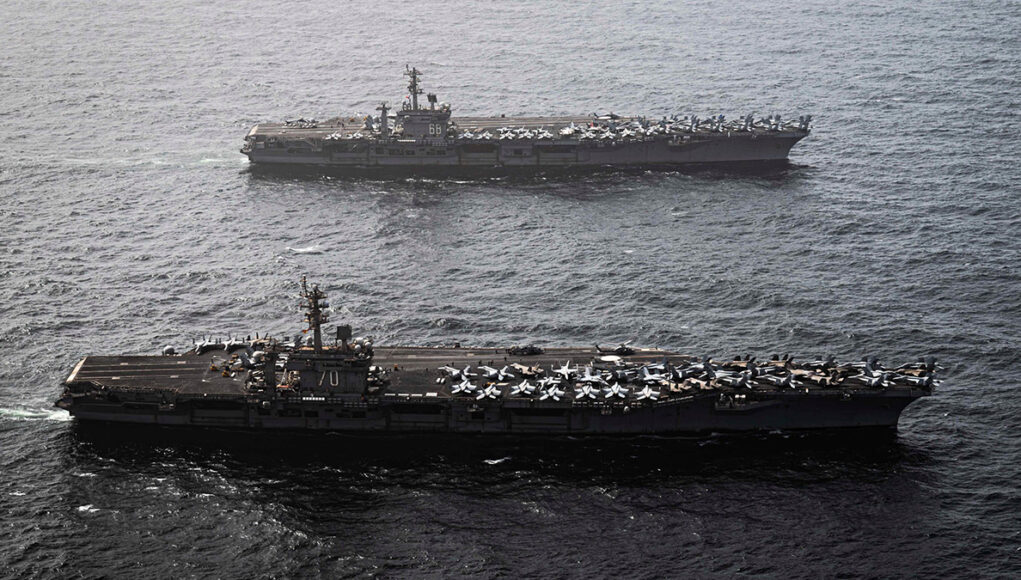

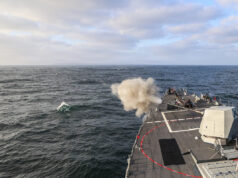
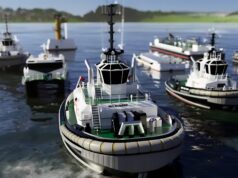
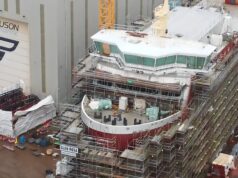
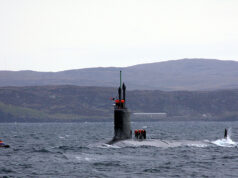
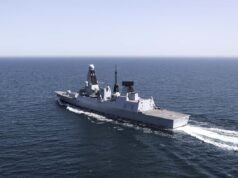

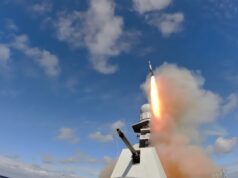
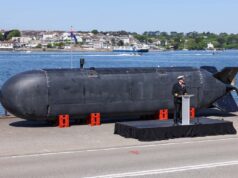
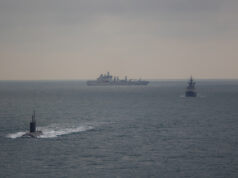

Looks like the USS Ford broke down again, problems with the Advanced Arrester Gear. The rest of the class have been further delayed two years. Seems very unlikely that the US will be getting ten super carriers again and poor Nimitz is probably being held together with spit, duct tape and the dedication of her crew.
It means the Queen Elizabeth class will be more important and the F35B will be even more vital as the US will have to rely on more lightning carriers.
A US senator said some years ago that the US Navy could shrink to eight large carriers. Not just Nimitz, but two of her sister’s are going to have STOP come up soon. The two years in delays will be cost expensive too. Not good.
AAG, AWE, supply chain and workforce issues abound. Latest revised date for JFK delivery is 3/27 (personally, would not bet the farm on holding even this date). Enterprise similarly affected, delivery now estimated to be 2029/2030. 🤔😱☹️
For any issue or question, there is an answer and every answer, there is a solution. The UK is the same and I am sure there are solutions to these issues. One of the biggest problems are politicians and possibly corporations. We have had a big problem of the, it’s in the future problem many years away and so on. But it is here right now. The long term problems highlighted by people are never addressed in the time they should be. The shipbuilding and maintenance problem is a UK and US, with the Royal Navy being at least half the size it should be, but no one wants to address or acknowledge this fact, citing a pathetic amount more of ships (a few type 31s etc) while wasting hundreds of billions on nothing but rubbish and decline, yet, this iis never brought up.
Val, I agree with the US senator. In fact I would go further, the US needs only 6 CVNs of the size of the USS Ford and for the cost of two to three CVNs get 12 Queen Elizabeth type carriers. A much more flexible and cost effective carrier force.
Is it just me or is there little said about the merchant ships being attacked in the red Sea???
Surprised there is no military response being openly talked about. In this case it would certainly be justified. That said we have sweet F A available these days, all our eggs being in one basket
Speculation circulating re US policy in Red Sea being influenced by reduced munition stocks. In any event, passivity by NATO collectively is setting an unfortunate precedent re future FON ops in ME.
There was also the report of a Chinese frigate illuminating a German Beechcraft Kingair being used for maritime surveillance with a laser that was supporting the Eurpoean Red Sea operations. Chinese ambassador for Germany was told to explain their actions.
It looks chaotic, but I’m sure it is not.
The organisation to place so many aircraft on deck as in that photo.
What if they decide they need the one at the back!
They are getting on abit and the deployments are getting longer and longer. Their replacements are taking eons to build. Too much untested (at sea) technology.